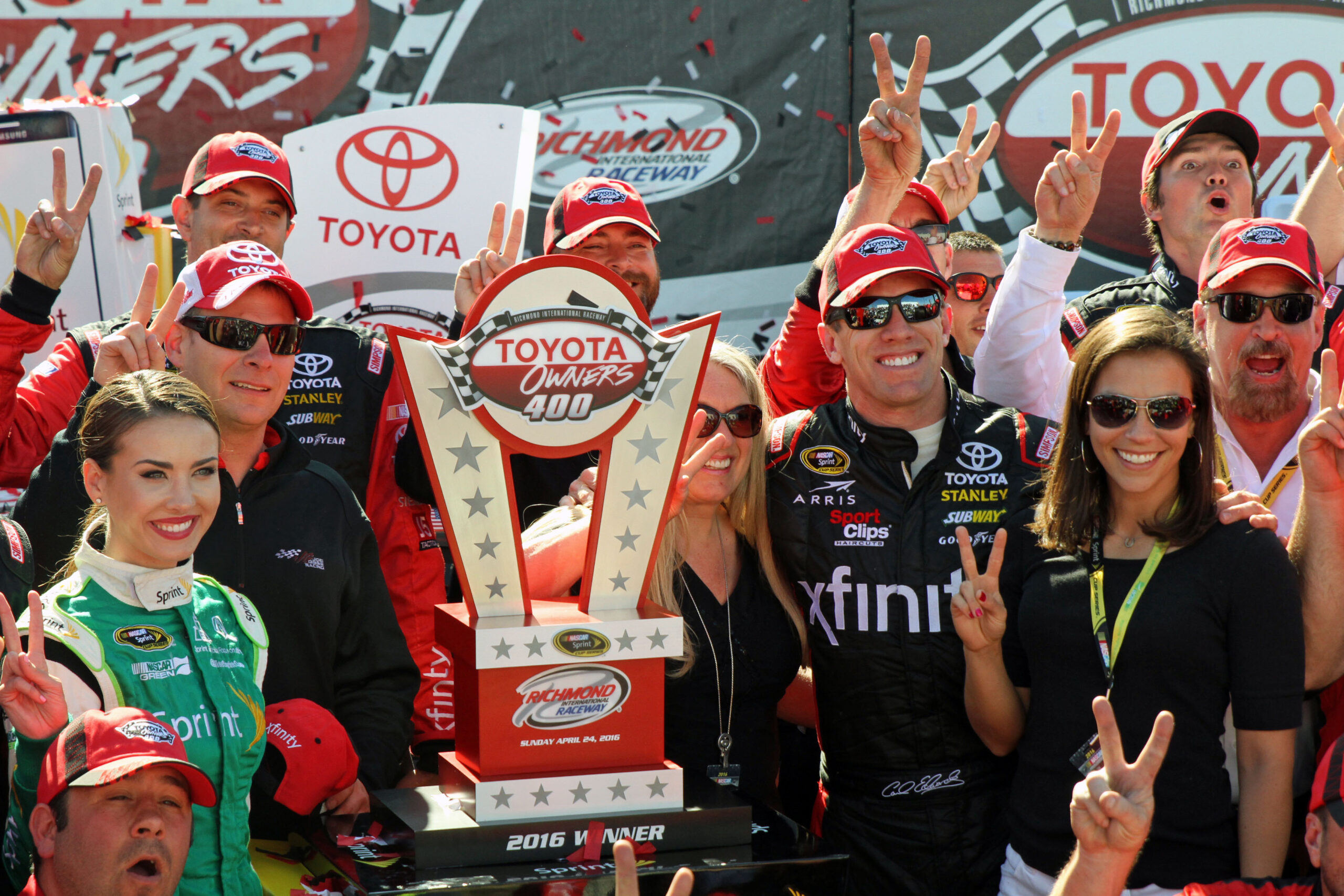Whether you watch the races in person or from the comfort of your own home, one thing remains consistent from track to track, the lack of spectators in attendance. It’s no secret that NASCAR has been struggling with attendance in recent years. Most tracks have resorted to reducing their seating capacities. Daytona, Charlotte, Atlanta, Richmond, California, Talladega, Chicagoland, Michigan, Homestead and Darlington have all reduced their seating capacities significantly.
One of the biggest eye-openers this season was the recent race at Bristol. The track holds nearly 160,000 spectators and to say it was even half full is being generous. In Bristol’s prime, those in attendance would sacrifice their firstborn just to watch a race from the last great Colosseum. Fast forward to today, Bruton Smith might have to start sacrificing a goat in hopes of filling the stands back to its glory days.
Then, there’s Richmond, who took out their entire backstretch seating of approximately 9,000 seats leading up to the race last Sunday. Overall they’ve reduced capacity from over 100,000 seats to just over 60,000. Following the reductions at Richmond, sections of the stands still lacked spectators during Sunday’s race.
Should NASCAR press the panic button? Not yet and here’s why.
We’ve all heard the term “millennial,” which typically refers to those that are born from the mid-1980s to around 2000; I’m one of them. The average millennial, when at a sporting event, doesn’t want to be confined to one seat for the duration of that event. Think of it this way, for most of us it’s a social gathering that happens to take place at a sports venue. For old timers and passionate fans, this might be hard to accept. However, for someone like myself who can relate to my fellow millennials, it’s true.
If NASCAR wants to capture the millennial audience, it needs to take a look at its current racing venues. Most of these venues are no more than a set of metal bleachers thrown up on a slab of concrete, basically a glorified high school football stadium with a racetrack in the middle. This might have been acceptable 15 years ago, but not today.
Many professional sports stadiums are already catering to the needs of millennials. They’re providing millennials with beer gardens and bars that overlook the playing surfaces, locally fresh made food and brewed beers, standing room areas that provide for social gathering spots and networking, WiFi, cell phone charging stations and much more. Daytona Rising is a perfect example of how the sport needs to evolve into capturing the younger audience.
The days of having just metal bleachers at a racetrack need to come to an end. The days of seeing over 100,000 spectators at each race might have actually come to an end, but if NASCAR can bring the desires of the millennials to its race day experience, it might have a chance at capturing their fandom.
Don’t get me wrong, this isn’t the only issue resulting in the attendance woes, but it’s an important one if NASCAR wants to see growth.








I guess I am one of the older folks–60 years old. I have been a season ticket holder at TMS for many years but recently gave them up so I could do some ‘destination races’ at other tracks. If you want all the amenities in your article, why pay the price for the ticket? Go find a sports bar or stay home and enjoy it. I understand what you are saying as I see the ‘fans’ at the NFL or MLB games in Houston. A lot of folks spend a lot of the game time up in the concourse eating and drinking and watching the game on a monitor. To me, I would rather have my friends over to my home and do that rather than fight the stadium traffic and parking. If I spend my money for any event, I want to be in my seat as much as possible. I can socialize before and after.